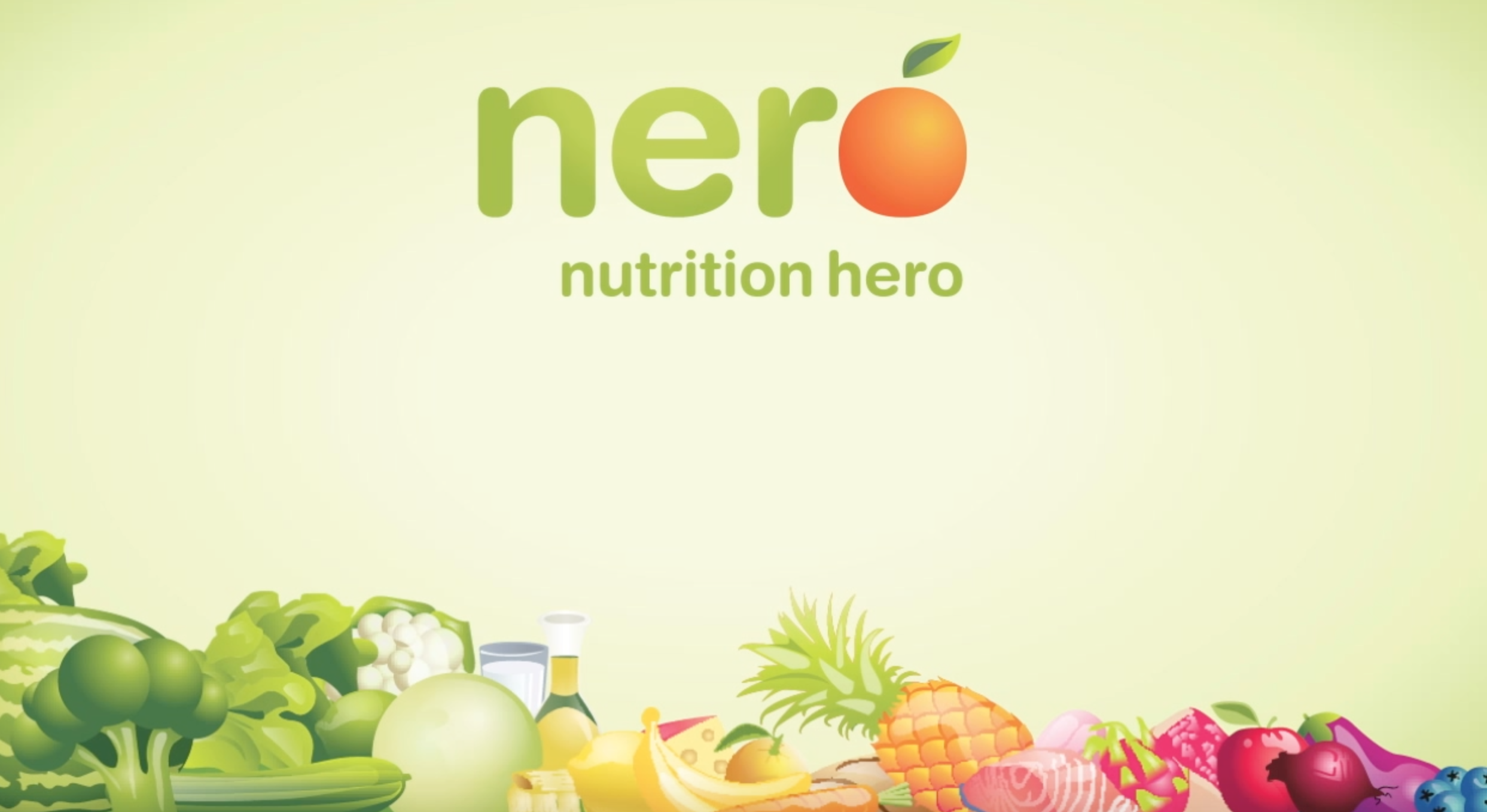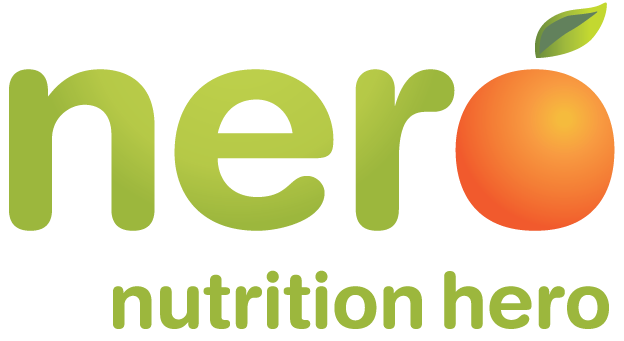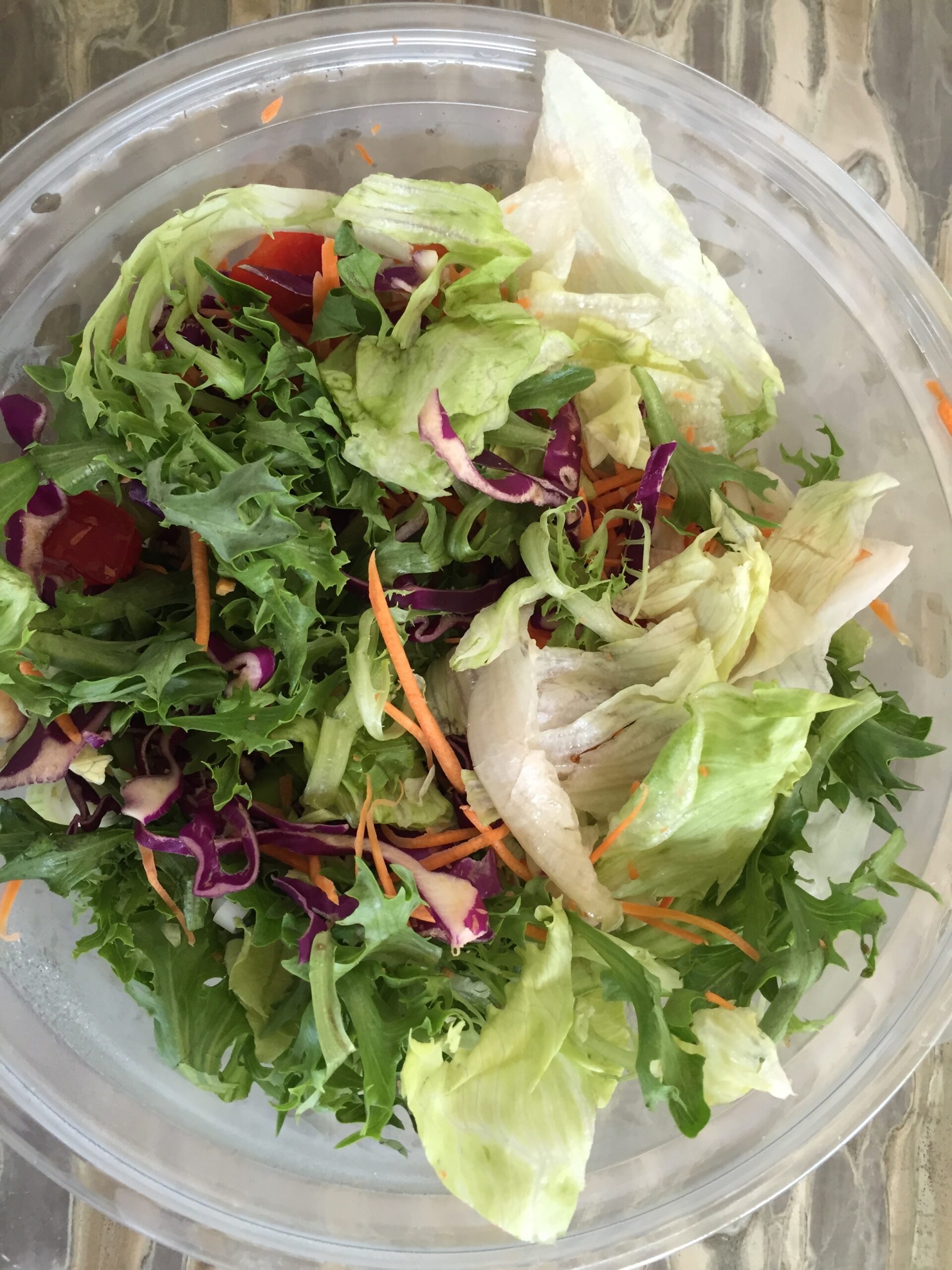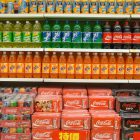Salads are generally thought of as a nutritious food, beaming with nutrients and fibre that are important for a healthy diet. But the recent Salmonella scare is a strong reminder that good health is not all about what we eat, but how we buy, store and prepare our food.
How does contamination occur?
Salmonella can be found in
- the fertilizer (i.e. manure),
- irrigation water,
- the soil that the lettuce has grown in,
- surrounding animals or wildlife, or via
- the farm workers.
Although, Salmonella contamination is not common, it can occur in large farming corporations as well as in your own home vegetable garden.
In this recent outbreak, the source of the increased numbers of people with Salmonella poisoning has been linked to a large corporation called Tripod Farmers, situated in Bracchus Marsh, West of Melbourne. This company sells to major retailers and exports to other countries and therefore, this does not only negatively impact on the health of the individuals but also Australia’s reputation in the competitive export market.
How does contamination occur?
Mr. Bennett from Fresh Produce Marketing Australia and New Zealand stated that the supply chain of our food corporations are usually very sophisticated and include a process of rinsing and washing, temperature management and gas to remove any opportunity for unwanted contaminants to prosper.
Although, prewashed salads are deemed to be clean and safe, this does not hold true for the non pre-washed produce, even if they are in a packet.
The symptoms of Salmonella poisoning
The symptoms of Salmonella poisoning are common to many other general illnesses and include diarrhoea, fever and stomach cramps. Symptoms occur approximately 72 hours after eating the affected food product and can last for 4 – 7 days. In some cases the symptoms can be so severe that hospitalization is required. Your GP will be able to determine if the symptoms are due to Salmonella poisoning or another illness.
How to eat salads safely?
Almost all forms of Salmonella and E.Coli can be washed off your produce, but it depends on how tightly the bacteria hold on or the surface of the produce that you are washing. With a rough surface, bacteria and other contaminants can hide in the nooks and crannies, requiring a more enthusiastic scrub, but you need to be careful not to bruise the produce.
Some tips on how to best wash your food products are outlined below:
- Handle produce with care to minimize bruising
- Wash in cold water
- Dry off any excess water
- Keep produce that is supposed to be kept cool in the refrigerator
- Get rid of produce that looks as if it is starting to go off/bad.
The Food and Drug Administration (FDA) does not recommend washing fruits and vegetables with soap, detergent, bleach or commercial cleaners.
It is better to be safe and wash all produce – even those with tough skins such as bananas and melons as Salmonella on the skin of a melon can be transferred to the knife and contaminate the flesh during preparation.
Although, if a bagged salad states that they are prewashed, they do not need to be washed again, but if they do not indicate that they have been washed or if you have any doubts – then wash and dry them before eating.
Fear of contamination should not keep you from enjoying the nutritional benefits of the healthy salad. Salads taste great and can provide you with important vitamins and minerals, fibre and other disease protecting nutrients – just make sure that you follow safe food-handling procedures in the kitchen to prevent food poisoning.

Author: Maya McColm APD AN Dietitian Nutritionist and CEO Nero Resources (Nutrition Education Resources Online)









